Posted at 6:48 pm in Similar cases
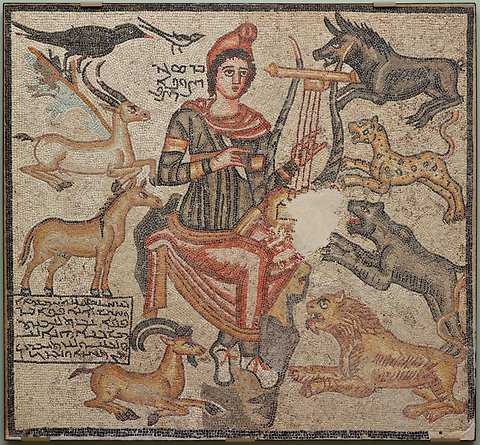
Yet again, Turkey is in the news with a resolved restitution case. This time, it involves the Dallas Museum of Art. Interestingly though, the museum was the one that contacted Turkey after discovery that the artefact might have been looted – although whether this was as a pre-emptive move, knowing that they would be contacted by Turkey about it is unclear.
From:
Culture Kiosque
DALLAS MUSEUM RETURNS LOOTED MOSAIC TO TURKEY
By Culturekiosque StaffDALLAS, TEXAS, 3 DECEMBER 2012 — The Dallas Museum of Art today signed a memorandum of understanding with the Turkish Director General for Cultural Heritage and Museums O. Murat Süslü, marking the first initiative in the Dallas Museum of Art’s new DMX international exchange program. DMX (Dallas Museum Exchange) is designed to establish international collaborations for the loan of works of art and sharing of expertise in conservation, exhibitions, education, and new media.
The DMA contacted Turkish officials earlier this year when the Museum discovered evidence that a work in the collection — the Orpheus Mosaic — might have been stolen from an archaeological site in Turkey. With the Museum’s planning for the DMX program already underway, the DMA’s engagement with Turkey regarding the mosaic opened the lines of communication that led to Turkey becoming the Museum’s first partner in the DMX program. As part of today’s ceremony for the signing of the MOU, the DMA returned the Orpheus Mosaic to the Turkish officials. The Republic of Turkey considers the voluntary return of the mosaic a sign of good faith, and both parties will undertake to continue their collaboration with museological education, conservation, symposia, and important loan exhibitions.
Under the leadership of Maxwell L. Anderson, who joined the Dallas Museum of Art as The Eugene McDermott Director in January 2012, the DMA has launched a number of initiatives in addition to the DMX program: the new Friends & Partners membership program; a program in paintings conservation; a new staff appointment in the field of Islamic art; and a Laboratory for Museum Innovation with seed capital to develop collaborative pilot projects in the areas of collection access, visitor engagement, and digital publishing. The Museum is also at work to link the Dallas Arts District — the nation’s largest — with other cultural districts worldwide. The initiatives grow out of Anderson’s vision to deepen relationships with audiences at home and abroad, a belief in promoting cross-cultural exchange, and a commitment to developing new models for international collaboration that extends back to his first museum directorship in 1987, when he headed the Michael C. Carlos Museum in Atlanta.
“As arts organizations in the United States and around the world address questions regarding cultural heritage, I have long believed there is a crucial opportunity to shift the terms of these discussions from an adversarial to a collaborative approach,” said Anderson. “We initiated the conversation with Turkish officials in this spirit, and the agreement with Turkey to become the Museum’s first partner in the DMX program speaks to the possibilities inherent in this approach to international cultural exchange. We are honored and excited to enter into this agreement with our Turkish colleagues and look forward to our ongoing partnership.”
“We are proud to be the first partner in the Dallas Museum of Art’s new Dallas Museum Exchange program, and to share the rich cultural heritage and artistic achievements of the Turkish people with the people of Texas and the United States,” said O. Murat Süslü, Director General for Cultural Heritage and Museums. “We also want to express our appreciation to the Museum for its ethical perspective during negotiations regarding the Orpheus Mosaic. With actual photos of the looting in progress that we were able to present, it could not be clearer that this ancient work was stolen from its archaeological site. We are very pleased the mosaic will return to Turkey, and equally pleased to enter this ongoing relationship with the Dallas Museum of Art. ”
The Orpheus Mosaic originally decorated the floor of a Roman building near Edessa, in what is modern-day Turkey. The work dates from A.D. 194 and measures 64 3/4 inches by 60 inches. It depicts the mythic poet Orpheus playing his lyre as he sits on a rock surrounded by wild animals, which are tamed by the magic power of his music. According to myth, Orpheus used his lyre to gain entry to the underworld, where he went in search of his dead wife, Eurydice.
The mosaic was purchased by the DMA in 1999 at public auction. Funds for the purchase were the gift of David T. Owsley via the Alconda-Owsley Foundation, and two anonymous donors, in honor of Nancy B. Hamon.
This year the Museum uncovered information indicating that the work might have been stolen from its archaeological site. The DMA alerted Turkish officials that the work was in the Museum’s collection and requested information on whether the object had been illegally removed from that country. Additional conclusive photographic evidence provided by Turkey documented the looting of the mosaic, proving the work had been stolen, and the DMA offered to restitute the work. The work was returned at a ceremony marking the signing of an agreement between the DMA and Turkey for ongoing collaboration as the first partnership in the Museum’s new DMX program.
In October the DMA announced the appointment of Sabiha Al Khemir as the Museum’s first Senior Advisor of Islamic Art. Dr. Al Khemir, the founding director of the Museum of Islamic Art in Doha, Qatar, will support Anderson and senior staff in building the Museum’s DMX partnerships. Dr. Al Khemir will also travel worldwide to further the Museum’s connections with the great collections of Islamic art across the world. The arts of Indonesia and the Philippines will be a particular focus, to complement and enhance the DMA’s collection strength in this area.

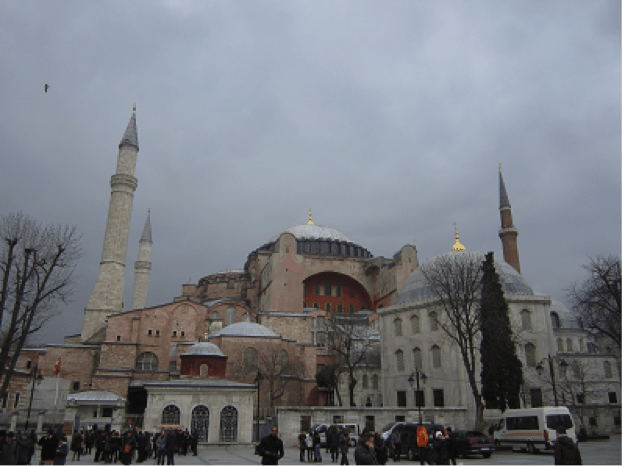
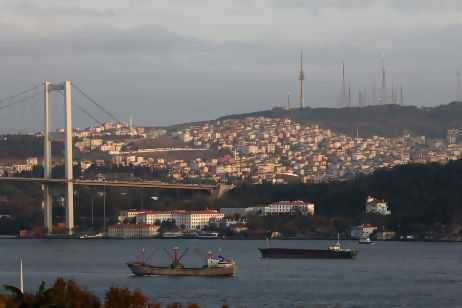




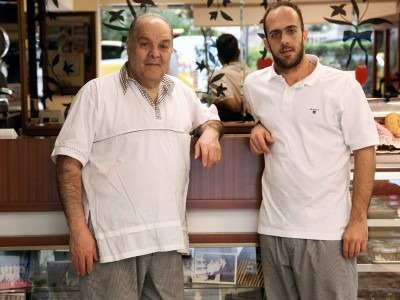 church after the memorial service for the departed; of course, wheat could be found in Greece, but the Constantinopolitans didn’t like it. Meanwhile, roses from Istanbul are edible and were used to make a superbly aromatic gül reçeli(rose jam).
church after the memorial service for the departed; of course, wheat could be found in Greece, but the Constantinopolitans didn’t like it. Meanwhile, roses from Istanbul are edible and were used to make a superbly aromatic gül reçeli(rose jam).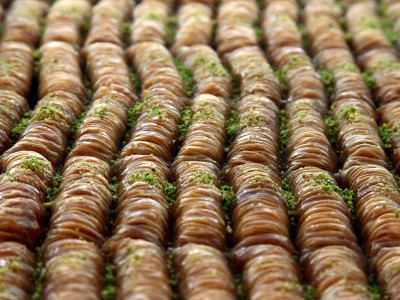 take over. They were born and raised in Greece; they go to Istanbul only as tourists, carrying the memories of their parents and grandparents of an era that has been irreversibly lost,” Kostas Lemoncoğlu says.
take over. They were born and raised in Greece; they go to Istanbul only as tourists, carrying the memories of their parents and grandparents of an era that has been irreversibly lost,” Kostas Lemoncoğlu says.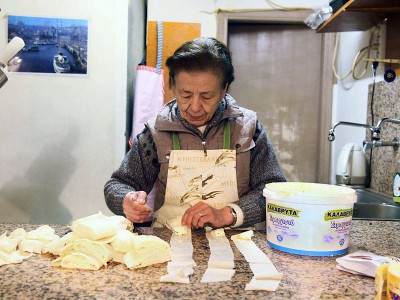 including taramasalata (fish roe dip), savory pie made with pastırma, and yalancı dolma (rice-stuffed grape leaves); her silky baba ghanoush (eggplant dip), with its distinctive charred flavor, is renowned.
including taramasalata (fish roe dip), savory pie made with pastırma, and yalancı dolma (rice-stuffed grape leaves); her silky baba ghanoush (eggplant dip), with its distinctive charred flavor, is renowned.